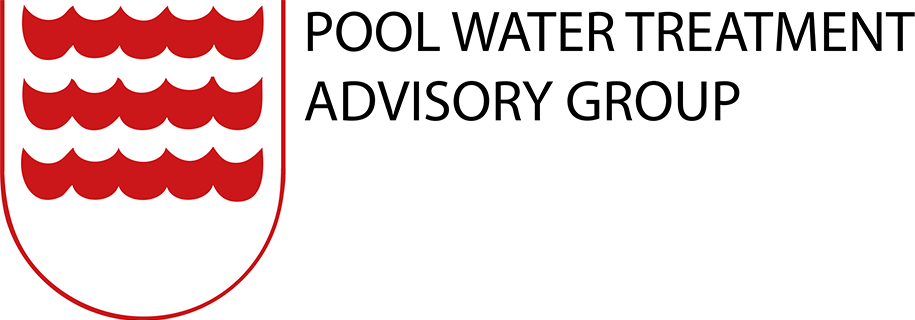PWTAG Technical notes are updates or new material for the standards and guidance given in the PWTAG book, Swimming Pool Water and the PWTAG Code of practice and should be read in association with these publications.
Swimming and spa pools should be tested once a month for microbiological quality. Spot checks will be necessary if there are problems with the plant, after contamination (or as part of an investigation into an outbreak of illness) or if the pool has been shut down for any reason. Adverse results will also involve further tests.
Hydrotherapy pools – including those not in a healthcare setting – should be tested once a week.
Sampling should be taken with the pool in use, preferably when heavily loaded or immediately afterwards. The deep end is the best place, and away from inlets. Leisure pools with complex water flows to different areas may demand several samples.
Pool staff may be trained to do the sampling, although the testing itself must be done at a UKAS laboratory. DIY microbiology test kits, even if they work, are not a good idea as they avoid independent scrutiny.
Sample containers should be of a material that will not affect the sample either microbiologically or chemically. They may be glass, shatterproof plastic-coated glass or plastic. A 500ml sample bottle is the norm.
The bottle should be sterile and contain an agent that neutralises the pool disinfectant: sodium thiosulphate (18mg/l) is the agent for chlorine and bromine-based disinfectants. That will deal with up to 5mg\l of free chlorine; above that the test may be invalid.
To take the sample, the stopper or cap is first removed, making sure that nothing touches the inside of the bottle or cap.
While the bottle is being plunged into the water the long axis should be kept approximately horizontal but with the neck pointing slightly upwards to avoid loss of the neutralising agent. The bottle is then quickly immersed 100-300mm below the pool surface, at which point the bottle is tilted upwards to allow it to fill. On removal from the water, the cap is immediately replaced, the sample shaken to disperse the neutraliser, and then sent to the laboratory without delay to arrive there ideally within 4 hours of sampling.
Bacteriological samples must be analysed as quickly as possible and in any event within 24 hours of the sample being taken.
Between sampling and dispatch samples should be stored away from the light at 5 ± 3°C. They should ideally travel in refrigerated vehicles, or at least in a freezer box with ice blocks. (The sample container should not come in direct contact with the freezer packs.)
Water samples for Legionella determination should preferably be analysed within 24 hours of sampling, and not exceeding 48 hours. Samples should be stored in the dark at room temperature if immediate analysis is not possible.
Samples submitted for analysis must be clearly labelled with the client’s name, site, sample point, date and time and the analysis required. They should be accompanied by the on-site test results taken at the time of sampling – free chlorine, combined chlorine and pH. These are necessary for the correct interpretation of bacteriological results.
- Subject: Microbiological sampling
- Date: September 2014
- Download: Technical Note 27 PDF
